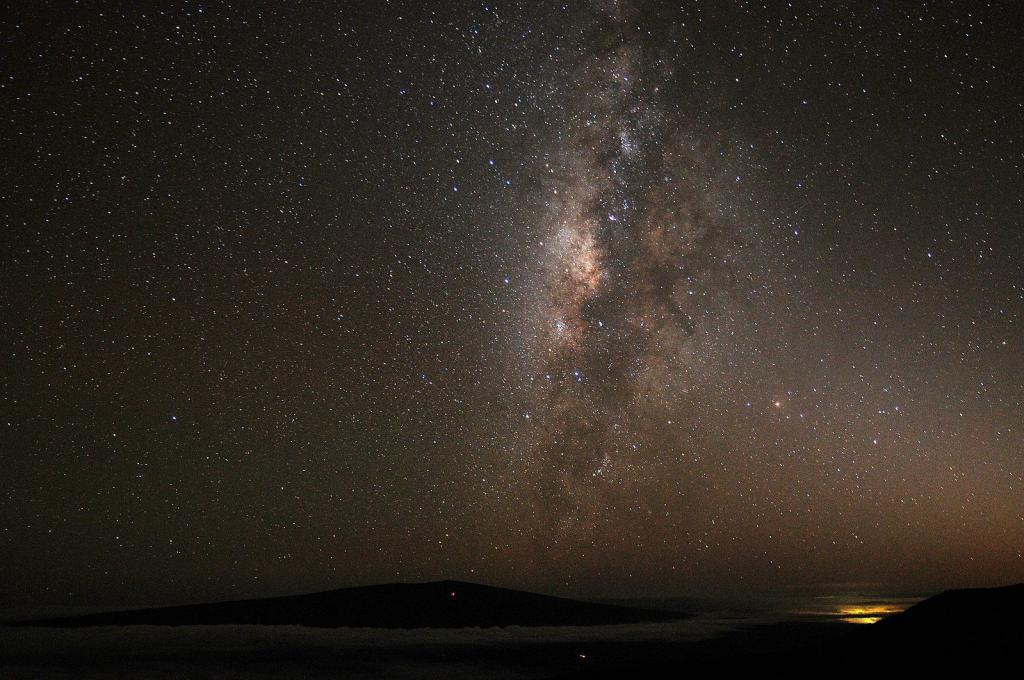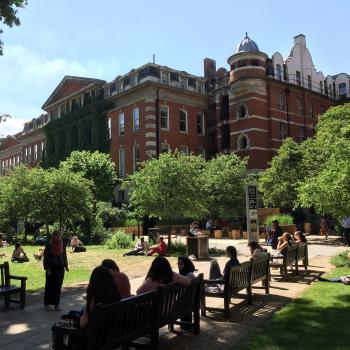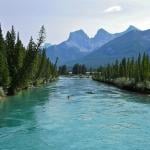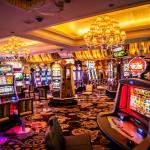
(Wikimedia Commons public domain image)
Two articles worth noting:
Abstract: Muslim near-death experiences (NDEs) have been rarely reported by comparison to the incidence of NDEs reported in other groups. Recently, after Kreps (2009) found no NDEs in a sample from Pakistan and Kashmir, he concluded Muslim NDEs may even be nonexistent. However, in Arak City, Iran, we easily identified 19 Iranian Muslims who reported having experienced an NDE. Thirty participants claiming to have memories from a period of unconsciousness associated with a close brush with death completed a Persian translation of Greyson’s (1983) NDE Scale as well as background and semi-structured questions. Of these, 19 (63%) scored 7 or higher on the NDE Scale, Greyson’s criterion for a valid NDE. The presumed NDErs were 10 female and 9 male; aged 16 to 65 years old with a mean age of 33; ranging in education from no high school diploma (5%), to high school diploma (37%), to bachelor’s degree (58%); reporting NDE circumstances of accident (58%), attempted suicide (16%), illness (11%), natural disaster (11%), and emotional trauma (5%); and reporting time since NDE ranging from less than one to 20 years with a mean of 8 years. Although low reliability precluded further statistical analysis of the data or comparison of them to results of previous Western studies, our informal assessment was that both the contents and aftereffects of the Muslim NDEs were quite similar to those of Westerners. We concluded that NDEs are not particularly rare in Muslim groups and that their similarity to Western NDEs suggests they may be a cross-culturally universal and transpersonal phenomenon.












